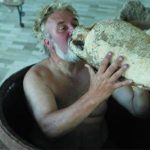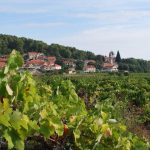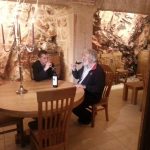A special Mass in front of a rather isolated chapel on the water.
October 18th is the feast day of St. Luke the Evangelist. It’s a special day for the Jelsa parish, as it’s the one day in the year when Mass is celebrated at the tiny chapel of St. Luke which stands on a headland in the bay called Uvala Crkvica (Bay of the Chapel), which used to be known as St. Luke’s Bay (Uvala Sveti Luka). The Mass is dependent on the weather, because if it is too wet and the sea levels are high, the chapel is inaccessible.
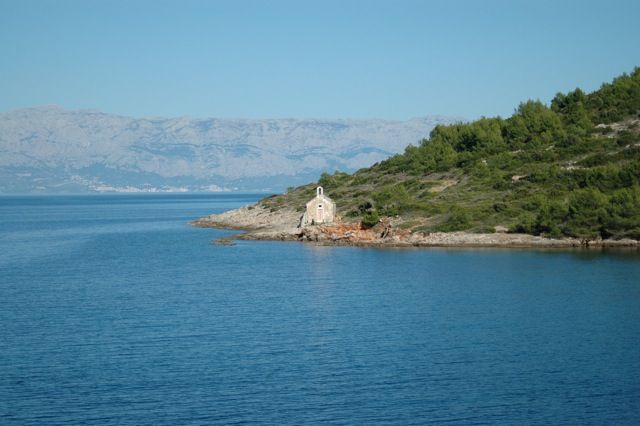
The facts of St. Luke’s life are not really known for certain, but have been deduced. St. Luke was reputedly a Greek from Antioch (which is now in Turkey). He was a doctor by profession, and a convert to Christianity who accompanied St. Paul on two of his missionary journeys. He stayed with Paul when the latter was imprisoned in Rome, and returned to Greece after Paul was martyred in 66 AD. He wrote Luke’s Gospel sometime between 70 and 85 AD, and he was also the author of the Acts of the Apostles, a work describing the growth of the Christian Church from about 35 to 63 AD. He is believed to have died at the age of 84, although there is debate about whether he was martyred or died naturally.

St. Luke is credited with having been very close to the Virgin Mary, and with painting the first icons depicting her and the baby Jesus. He is the patron saint of doctors, surgeons, artists, glass-makers and lace-makers, among others.

The little chapel of St Luke dates back to the fourteenth century, when it was built for the island’s oldest noble family. It must have been tiny, as the internal stonework indicates, and it was extended to its present, still small size later. It had a Baroque altar and a statue of the saint dating to the 16th century.
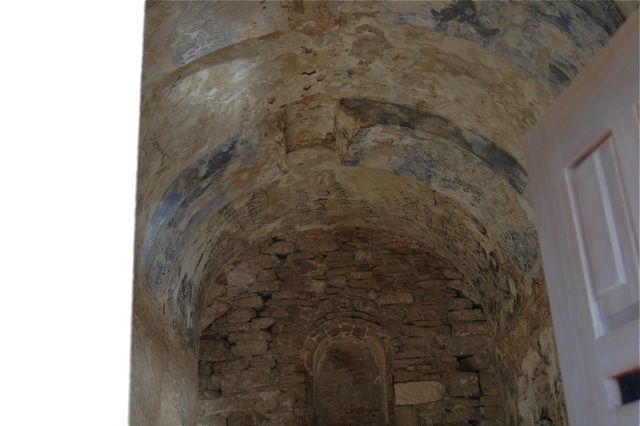
The chapel was sadly neglected for several decades during Communist times, and was desecrated by graffiti. In 2007 it came back into use for the annual mass celebrating St. Luke, at the same time as renovation work began, which is ongoing. It is not clear if a bell will eventually be restored to the little belfry. For the purposes of the service a small bell was hung from a stick and rung by a succession of volunteers.

The 2013 feast day for St. Luke provided ideal conditions for the Mass, being a warm, sunny, windless day with a perfectly calm sea. People came from Jelsa by boat, car, and on foot. The boat people were able to moor right up to the chapel, and indeed some people stayed on board for the service.

From the land side, the chapel is reached by walking round the bay on a narrow strip of beach which becomes quite tricky in places. In one part of the beach, in between later stone walling, are the remains of a wall belonging to a Roman villa. Standing right at the water’s edge, it must have been a summer house beyond price!
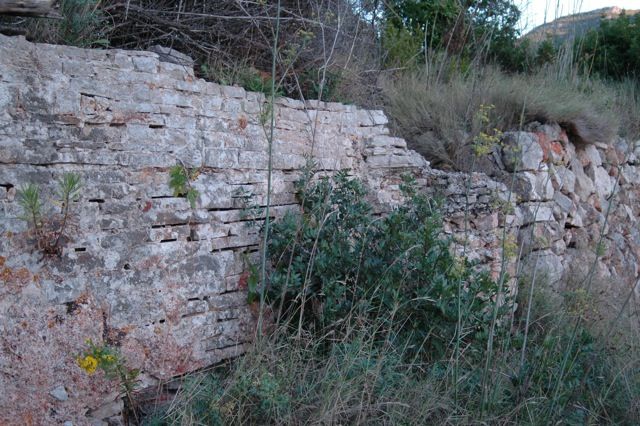
There were several children among the little congregation, and they took an active part in the proceedings, first of all helping to set up the little altar in front of the chapel.

The congregation was able to sit in comfort among the flowers, enjoying the spiritual place in its natural beauty.
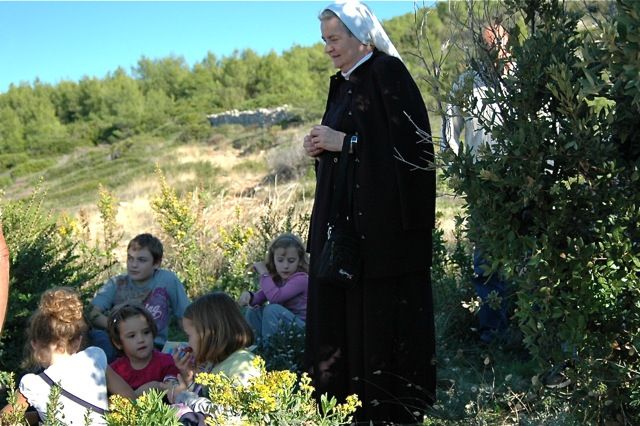
Jelsa’s parish priest Don Stanko opened with a description of St. Luke and his works. The first part of the service consisted of saying the rosary. Don Stanko introduced each mystery, and the children in turn led the prayers.
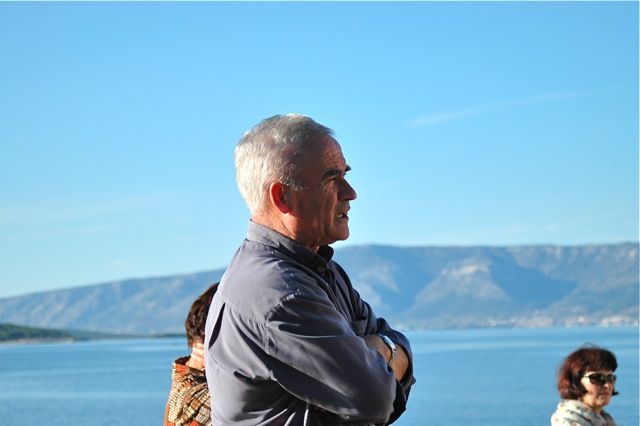
Then Don Stanko donned his vestments for the Mass, and was joined at the altar by a young boy and girl. It is a heartening sign of change in the Catholic Church that girls are now allowed to serve at the altar.
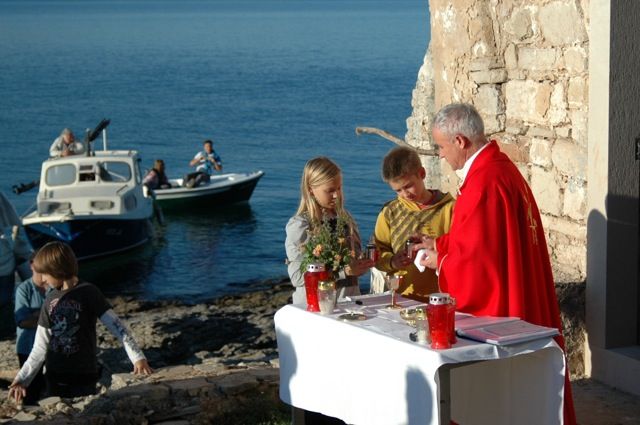
During the Mass, Don Stanko greeted all the Lukas present and congratulated them on their name-day, which in Croatia is a more important celebration than one’s birthday. The oldest Luka present was over 90, and had skipped across the tricky seashore path like a man half his age. The youngest was aged just ten.
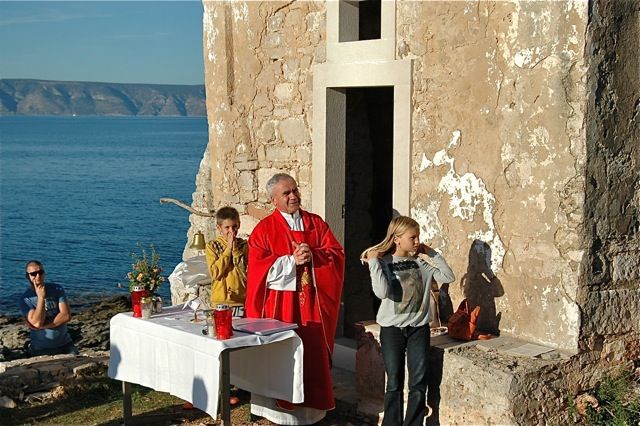
Apart from hymns dedicated to the Virgin Mary in honour of St. Luke’s close association with her, beautifully appropriate was the hymn ‘Krist na žalu’ (the Croatian title means ‘Christ stood on the seashore’, although the hymn is known in English as ‘Lord you have come’). While the little chapel provided a focus for the religious rites, the communion with nature was a perfect evocation of how Jesus spread his teaching much of the time in the open air all those centuries ago. After the service, sweets were distributed to the children, the Lukas and indeed to everyone who wanted them.

And as the congregation dispersed, a small group was to be seen picking heather flowers (vrijesak in Croatian) to use for decoration or for flavouring honey or rakija.
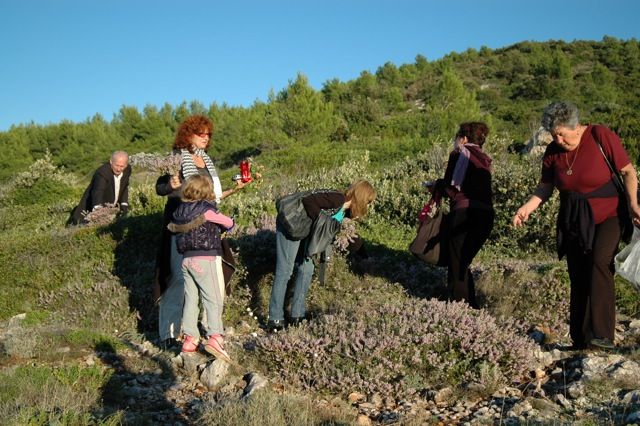
The occasion was a perfect reminder of how closely God and nature are intertwined – a fact we human beings often seem prone to forget..


